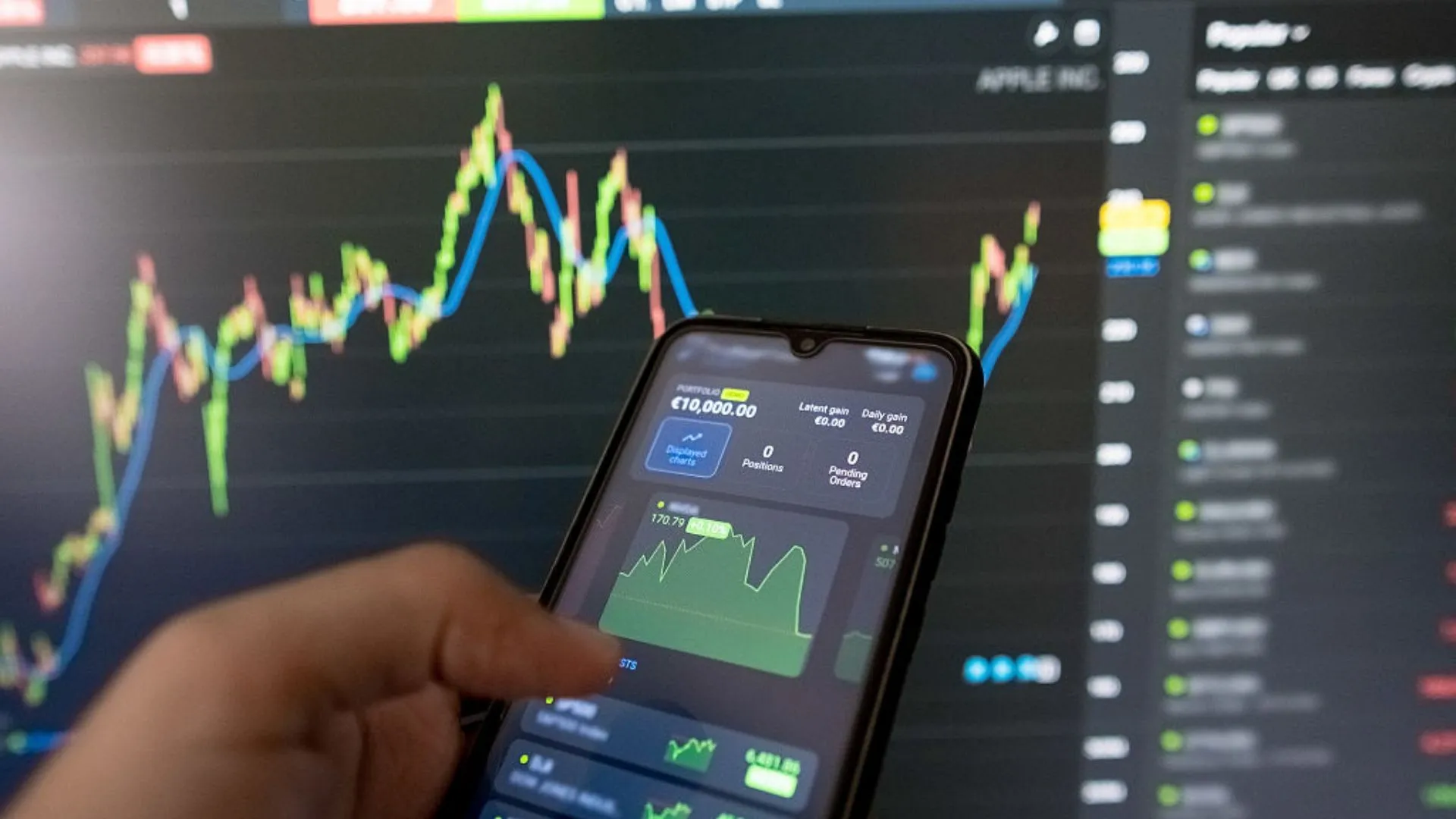
Prediction markets have transformed the way we anticipate the future, turning forecasts into a global conversation that only concludes when the outcome’s decided.
In recent years, protocols powered by Web3 tech have empowered anyone with sound judgment and sharp instincts to put their money where their mouth is, monetizing hunches relating to sport, popular culture, and financial markets.
Last year’s U.S. presidential election saw traders correctly predict a Donald Trump victory while traditional polls flip-flopped, proving just how far these platforms have come.
Far from being sophisticated tools for in-the-know finance geeks and analysts, they’re valuable crystal balls which reflect society’s collective wisdom.
The election was something of a watershed moment for prediction markets, and the industry has gone from strength to strength ever since. Platforms raised over $216 million across 11 deals this year compared to just $80m in 2024, minting a few unicorns in the process.
Renewed regulatory clarity in the U.S. hasn’t hurt either, and industry’s well on its way to becoming a pillar of the wider decentralized finance space.
Here’s how it happened.
A paradise for free market purists
In simple terms, prediction markets aggregate what people believe will happen, rather than what they hope happens. In this respect, they differ from sports books, wherein those placing wagers tend to be driven by desire rather than expectation (yes, there are exceptions).
In the case of prediction markets, traders buy “yes” or “no” shares in event contracts, typically worth $1, with the probability of an outcome determined by supply and demand dynamics. Because you are purchasing a share tied to a particular outcome, you are incentivized to bet only on the result you expect to happen.
In short, it’s about likelihood rather than fandom: the market’s price reflects the crowd’s very best estimation. Just as social media makes legacy media apparatus look sluggish by comparison, prediction markets expose traditional polls and surveys for being tainted by bias (see the 2016 Clinton fiasco).
While critics have voiced concern about the ability of whales to skew markets, prediction markets are built in such a way that, when prices give a distorted view of reality, betting the other way proves profitable.
If a heavy betting favorite (a decorated boxer defending his undisputed crown, for example) is turned into an underdog due to the actions of one heavyweight investor, backing the likely winner becomes more appealing and lucrative.
Ultimately, prediction markets represent paradise for free market purists who have long extolled the merits of light-touch management of the global economy.
Web3 is the secret sauce of prediction markets
Seven years have passed since the first blockchain-powered prediction market, Augur, came online. Today the biggest players are Polymarket, valued at $1 billion and the official prediction partner of X, and Kalshi, worth $2 billion following a recent fundraise.
Then there are new players like Myriad, which crossed $10 million in USDC trading volume (with over half a million users) since launching its USDC markets just six months ago. With demand high, expect more protocols to carve out a niche.
These entities and others use Web3 infrastructure – decentralized ledgers, smart contracts, digital assets, data oracles – to facilitate borderless markets on all manner of topics, from Federal Reserve rate cuts to Oscar winners.
Thanks to the technology at their core, prediction markets are both censorship-resistant and highly liquid. While crypto trading has a steep learning curve, anyone with a wallet can start trading predictions without any esoteric expertise.
“Trading ideas and forecasts is not only possible, it’s the next frontier for capital markets,” predicts Myriad’s co-founder Loxley Fernandes. He might be on to something, particularly given recent regulatory shifts.
Earlier this year, the Commodity Futures Trading Commission (CFTC) abandoned its appeal against a ruling allowing Kalshi to list binary options contracts. (Kalshi counts Donald Trump Jr. as a strategic advisor.)
Polymarket has also been cleared to launch in the U.S, following a drawn-out investigation by the CFTC and Justice Department.
Interestingly, the U.S. government passed its first major national crypto legislation, governing stablecoins, back in July. Stablecoins, of course, are the preferred settlement currency of prediction markets.
Rewriting society’s decision-making
Unlike biased pundits who hem, haw and hedge their bets, Web3 prediction markets cut through noise, bequeathing a signal that feeds into pricing mechanisms themselves.
They have become a great tool not just for everyday traders, but for consumers, citizens and policymakers looking to gauge public sentiment.
While there may be bumps in the road in the form of shifting regulations or heightened scrutiny around controversial markets, prediction markets seem poised to become one of DeFi’s biggest success stories.
Valuable resources for making sense of an increasingly polarized world, they offer a sharper lens on the future, one bet at a time.



